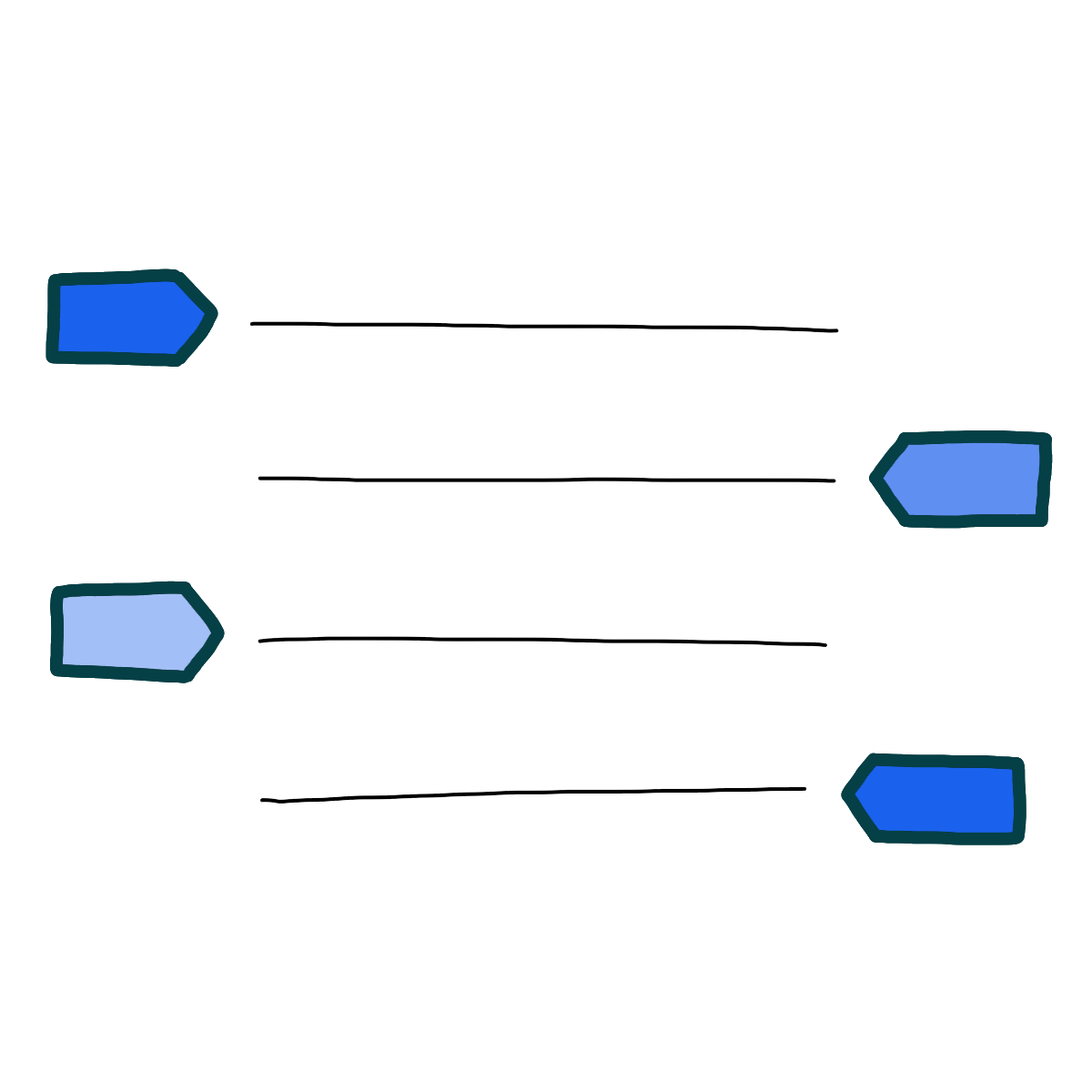Religion, Repression, and Modernity
Persepolis explores the intersection of religion and modernity, as well as the impact of religious repression on the religious feeling and practices of those who must endure it. At the beginning of the story, when Iran is ruled by the Westernized, American-backed dictator Shah, Marjane defines herself as “deeply religious” even as she and her family think of themselves as also being “very modern and avant-garde.” In fact, her religion at the start seems like…
read analysis of Religion, Repression, and ModernityNationalism, Heroism, and Martyrdom
When the Revolution comes, Marjane, like her family, rejoices. After decades under the despotic American-backed Shah, she and her family believe that this moment will ensure that the Iranian people will finally be free to decide for themselves who will lead their country and how. Put another way, Marjane is an Iranian patriot and a nationalist, in the sense that she believes profoundly in the value and need for an independent Iran ruled by Iranians…
read analysis of Nationalism, Heroism, and MartyrdomViolence, Forgiveness, and Justice
The historical body count by the end of Persepolis is enormous: from the start of the Revolution to the end of the Iraq-Iran War over a million people die—on the battlefield, in the streets, and in prison cells—killed by the Shah and by the Islamic Republic that replaces the Shah. By the end of the book, Marjane expresses her sorrow that “we could have avoided it all”, indicating a belief that much of the damage…
read analysis of Violence, Forgiveness, and Justice
Children, War, and Growing Up
The memoir follows its protagonist, Marjane, from childhood to young adulthood, and as such it traces the effects of war and politics on her psyche and development. By her own admission, Marjane thinks that the moment she comes of age occurs when she smokes a cigarette she stole from her uncle. However, by this point Marjane has encountered so much sorrow, death, and disaster, with enough grace, dignity, and sympathy, that her tiny act…
read analysis of Children, War, and Growing UpThe Personal vs. the Political
Persepolis is a story about Marjane Satrapi, her family, her friends, and the people she knows—and also about the nation of Iran. These two stories cannot be unspooled from each other—one cannot be told without the other, and no individual in the story can exist or be understood outside of the context of the historical change happening in Iran around him or her, no matter how much he or she might try. From the…
read analysis of The Personal vs. the PoliticalGender
Persepolis opens at the moment in Iranian history when it becomes obligatory for women to wear the veil and schools become segregated by gender. The Revolution brings many changes to Tehran, but the changes imposed on women and men in how they dress and look—women must cover their heads, men must cover their arms and not wear a necktie—might be the most immediately relevant and personally frustrating. Over the course of the graphic novel, Marjane…
read analysis of Gender




